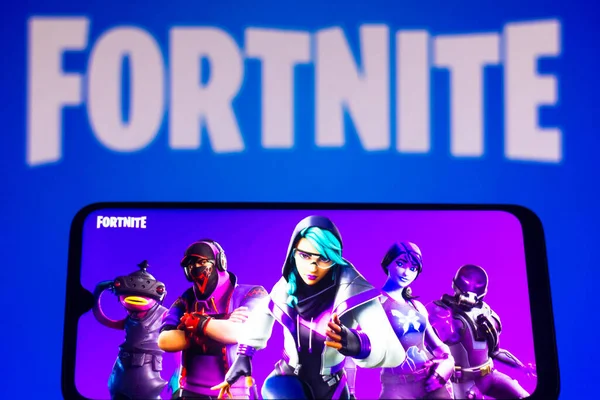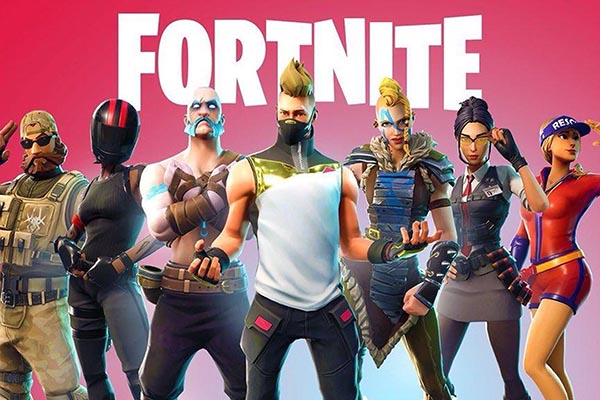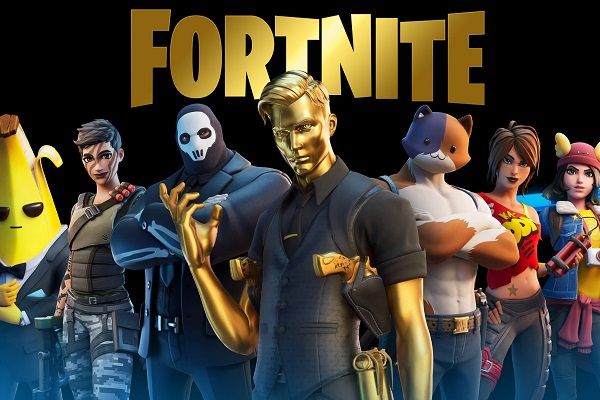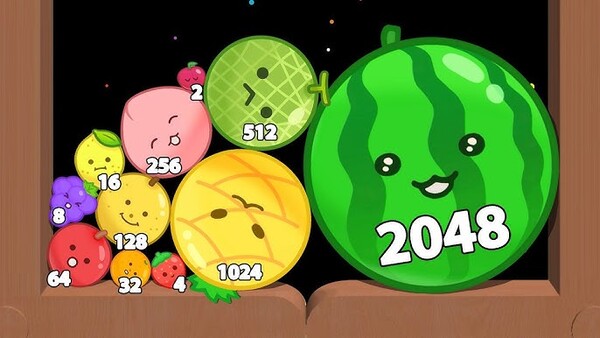Popular Now
Since its Battle Royale mode launched in September 2017, Fortnite has transformed from a third-person shooter into a global phenomenon—redefining gaming, pop culture, and digital entertainment. With over 650 million players and generating $26 billion in 2023 , it continues evolving at breakneck pace. This 2,000+ word guide examines its origins, evolution, modes, tech growth, community impact, updates, strengths/weaknesses, and expert rating—offering you the ultimate deep dive by a genuine gaming expert.

1. Origins & Foundations (2011–2017)
-
Fortnite began as a PvE construction-survival prototype in 2011, inspired by games like Minecraft and built on Unreal Engine 3–4 .
-
Epic hired Tencent in 2012, stabilizing the project and shifting to free-to-play and games-as-service model .
-
After a 2017 early access release of Save The World, PUBG’s success led to the launch of Battle Royale in September 2017, drawing 10 million players in two weeks f.
Epic successfully blended PvP, building mechanics, bright aesthetics, and a battle-pass economy inspired by the darker Save The World prototype.
2. Evolution from BR to Creative & UEFN (2018–2023)
Creative Mode (2018)
-
Rolled out Dec 2018, enabling player-created maps and mini-games .
-
Became a fertile space for user-generated content and monetization via Creative 2.0 tools .
UEFN & Multi-genre Expansion (2023)
-
Unreal Editor for Fortnite (UEFN) launched March 2023 with Unreal Engine 5 features .
-
Fortnite pivoted to Experiences (like Lego Fortnite, Rocket Racing) forming a mini-platform akin to Roblox .
3. Technical Upgrades & Platform Expansion
Unreal Engine 5 & Visual Leap
-
Chapter 4 began use of UE5 in 2022–2023 with Nanite/Lumen, enhancing visuals, foliage, and shadows on PC/next-gen .
Switch 2 & Cross-Platform Performance
-
On Switch 2, Fortnite runs at 60fps with better resolution and now supports mouse/GameChat .
-
Also supports seamless cross-platform play and progression .
4. Modes & Gameplay Innovations
Core Modes
-
Battle Royale: 100-player PvP with building, weapons, and live events.
-
Zero-Build: Introduced 2022 to reduce building complexity.
Tactical & Creative Modes
-
Fortnite Ballistic (5v5 tactical shooter) early access since Dec 2024 .
-
Blitz Royale: High-tempo 5-minute BR with only 32 players and power-up medallions. Currently under consideration for permanent inclusion .
OG & Timeline Rotations
-
Fortnite OG mode bringing back original Chapter 1 map permanently since Dec 2024.
-
Seasonal map rotations include Chapter 1 islands for nostalgia .
5. Live Events & Cultural Resonance
Concerts & Collaborations
-
Travis Scott’s 2020 Astronomical concert drew 12 million concurrent players.
-
Collaborations include Ariana Grande Rift Tour (2021), Star Wars (2023), Marvel/DC, TMNT, Superheroes, and more .
Map Narrative Events
-
Black Hole finale of Chapter 1 (2019); multiple chapter transitions with immersive storytelling .
These events cement Fortnite as a persistent cultural space, not just a game.

6. Monetization & Competitive Framework
Battle Pass & Cosmetics
-
Seasonal Battle Passes offer cosmetics, emotes, V-Bucks, and a retention fuel .
Ranked & Competitive Modes
-
Ranked improvements across modes including Ballistic.
-
Tournament structure via FNCS and esports support .
Monetization Balance
-
Free core gameplay; cosmetics and passes generate epic revenue (peak $372M/month in 2017) .
-
Occasional criticism over cost but core stays free.
7. Community Feedback & Stability
Server & Launch Issues
-
Reports of crash errors after updates occasionally disrupt players .
-
Epic responds with patches; overall server stability remains solid.
Account & Inventory Concerns
-
Rare account/glitch issues reported (lost cosmetics) but generally uncommon .
Community requests for improvements include UI refinement, weapon mastery systems, ranked shops .
8. Strengths & Weaknesses
✔️ Pros
-
Persistent Reinvention: New modes, maps, tech, top-tier events.
-
Cross-platform Continuity: Supports millions across devices.
-
Creative Ecosystem: UEFN empowers user-generated content.
-
Cultural Crossover: Concerts and cross-media crossovers.
-
Balanced Monetization: Free-to-play core, cosmetic economy.
❌ Cons
-
Steep Learning Curve, especially with building mechanics .
-
Occasional Technical Instability post-patch.
-
Microtransaction Criticism over cosmetic prices.
-
Casual Overdrive: Too many modes may overwhelm newcomers.
9. Expert Breakdown & Ratings
| Feature | Score (Max 10) |
|---|---|
| Core Gameplay | 9.0 |
| Modes Variety | 9.5 |
| Technical Performance | 8.5 |
| Visual & Audio | 9.0 |
| Monetization Fairness | 8.0 |
| Community & UGC Support | 9.0 |
| Stability & Support | 8.0 |
| Cultural Impact | 10.0 |
| Overall Rating | 9.0 / 10 |
10. Future Outlook & Hot Takes
-
Permanent Blitz Royale: Mode likely becoming fixture based on player demand.
-
Season 4 (Aug 8, 2025) will carry superhero themes and potentially DC collabs .
-
Weapon masteries, ranked shops expected in future updates .
Fortnite is projected to maintain dominance through constant renewal of modes, user content, seasonal storytelling, and global engagement.

Conclusion
Fortnite is a phenomenon in perpetual evolution: a cultural hub, creative sandbox, and competitive battlefield combined. From pioneering Battle Royale to hosting virtual concerts, adding tactical FPS modes, building platforms, and reinventing itself season after season—it defines modern gaming's depth and cultural impact. With a commanding 9.0/10 rating, Fortnite continues to set the standard for live-service gaming. Whether you’re here to build, compete, create, or just chill, this ever-adapting universe offers something for every player.
Let me know if you’d like deep dives into competitive strat, Creative tools, event analysis, or tips!


















